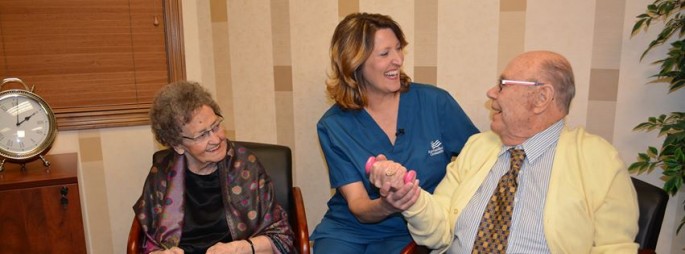The average one-year cost for elder care in a U.S. nursing home's private room is approximately $91K, according to a survey. That figure almost equals three years of tuition at a private college.
The yearly report was released on Thursday in the yearly "Cost of Care" from Genworth Financial. The cost of living in a nursing home has increased 4 percent each year for the past five years, according to The Ledger.
Joe Caldwell, a director at the National Council on Aging, explains that most people are unaware of nursing homes' high cost until a family member of theirs requires it. Then it is a "real shock," according to ABC News.
In terms of long-term care, nursing home bills have become particularly high. During the past five years they have risen twice as fast as the U.S. inflation rate.
In fact, the bill for a one-year stay in a nursing home is almost equal to three years' tuition for a private college.
Genworth's report included the survey of 15,000 long-term care facilities, such as nursing homes. It occurred in January and February.
The range of nursing home costs varied from state to state. For example, the medium yearly cost in Oklahoma was about $60,200. Meanwhile, Alaska easily had the highest median cost, at about $281,400.
Besides the high costs, many people wrongly believe that Medicare will cover nursing home bills. However, Bruce Chernoff, CEO of The Scan Foundation, explains that it is "not true."
Medicaid can help to cover long-term care bills when seniors have $2,000 left in personal savings.
Thus, it covers over 50 percent of the costs of the U.S.'s long-term care. This figure is over 25 percent of Medicaid spending.
Insurance companies provide long-term care policies to help cover the costs of nursing homes. However, policyholders' health must be good enough to qualify for such coverage, according to ABC News.
The concept of long-term care facilities such as nursing homes did not exist until the 1800s. Due to urbanization caused by the Industrial Revolution, many single and widowed seniors were unable to rely on their relatives for assistance.





















